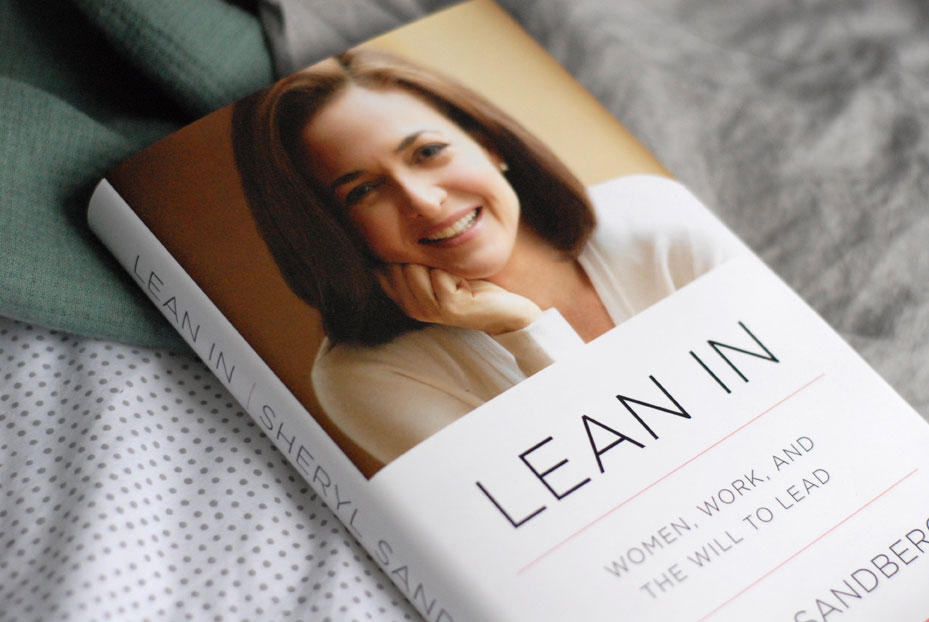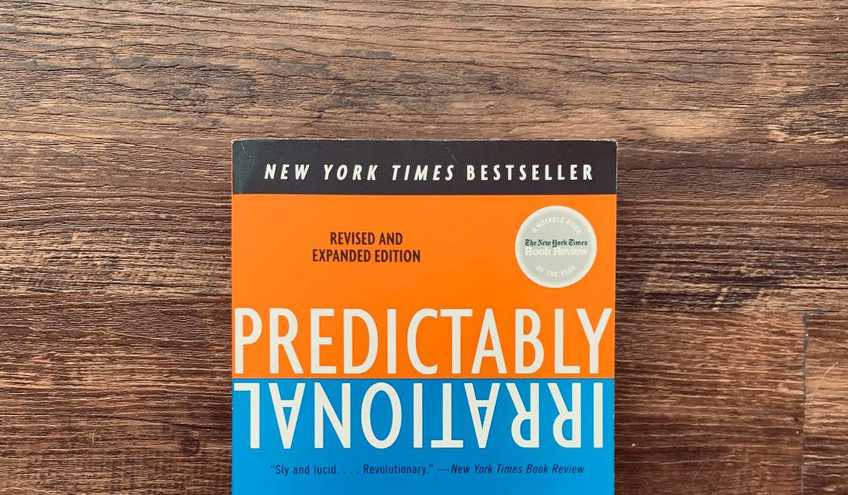
It is a thought-provoking and influential book that delves into the challenges and opportunities faced by women in the workplace. Sandberg, the Ex-COO of Facebook, combines personal anecdotes, rigorous research, and practical advice to address the issues of gender disparities in professional environments.
A key theme of the book is the internal and external barriers women face in their careers. Sandberg encourages women to “lean in” to their ambitions, urging them to take risks and pursue their goals with assertiveness and confidence. She discusses how societal expectations and stereotypes can hinder women’s progress and suggests ways to overcome these challenges.
One of the most compelling aspects of the book is Sandberg’s candid sharing of her own experiences. She talks about her struggles with self-doubt and the difficulties of balancing a demanding career with family responsibilities. These personal stories make the book relatable and inspiring.
Additionally, Sandberg addresses the importance of supportive partners and workplaces in promoting gender equality. She advocates for more equitable sharing of domestic responsibilities and calls for organizational changes that can accommodate diverse career paths and life choices.
Strengths:
- Empowering Message: Sandberg’s central message of encouraging women to “lean in” to their ambitions resonates with many. She tackles internalized barriers like self-doubt and imposter syndrome, urging women to take ownership of their careers.
- Practical Advice: The book offers actionable steps like negotiating for promotions, advocating for oneself, and building supportive networks. These can be valuable tools for women navigating professional challenges.
- Personal Anecdotes: Sandberg’s own experiences at Google and Facebook add authenticity and relatability. Her vulnerability in sharing struggles and failures makes her advice feel more grounded.
- Focus on Mentorship: Lean In emphasizes the importance of women supporting other women. Sandberg encourages mentorship and sponsorships, recognizing their crucial role in advancing female leadership.
Weaknesses:
- Limited Scope: The book primarily focuses on high-achieving women in corporate environments. This neglects the experiences of women facing different work situations or socioeconomic backgrounds.
- Lack of Systemic Analysis: While addressing internalized barriers, Lean In often doesn’t delve into systemic inequalities like gender pay gaps, discrimination, and childcare challenges.
- Tone: Critics find the book’s tone occasionally condescending or victim-blaming, implying that women’s lack of progress solely stems from internal limitations.
- Evolving Landscape: The book’s 2013 context raises questions about its applicability today. Social movements like #MeToo and changing workplace dynamics demand a more nuanced understanding of gender issues.
Overall:
Lean In remains a significant contribution to the conversation about gender equality. It empowers women to overcome internal obstacles and provides practical career advice. However, its limitations in scope, systemic analysis, and tone necessitate a critical reading while acknowledging its role in sparking vital discussions. While the landscape around gender equality has evolved, Lean In offers a valuable starting point for ongoing dialogue and action.





